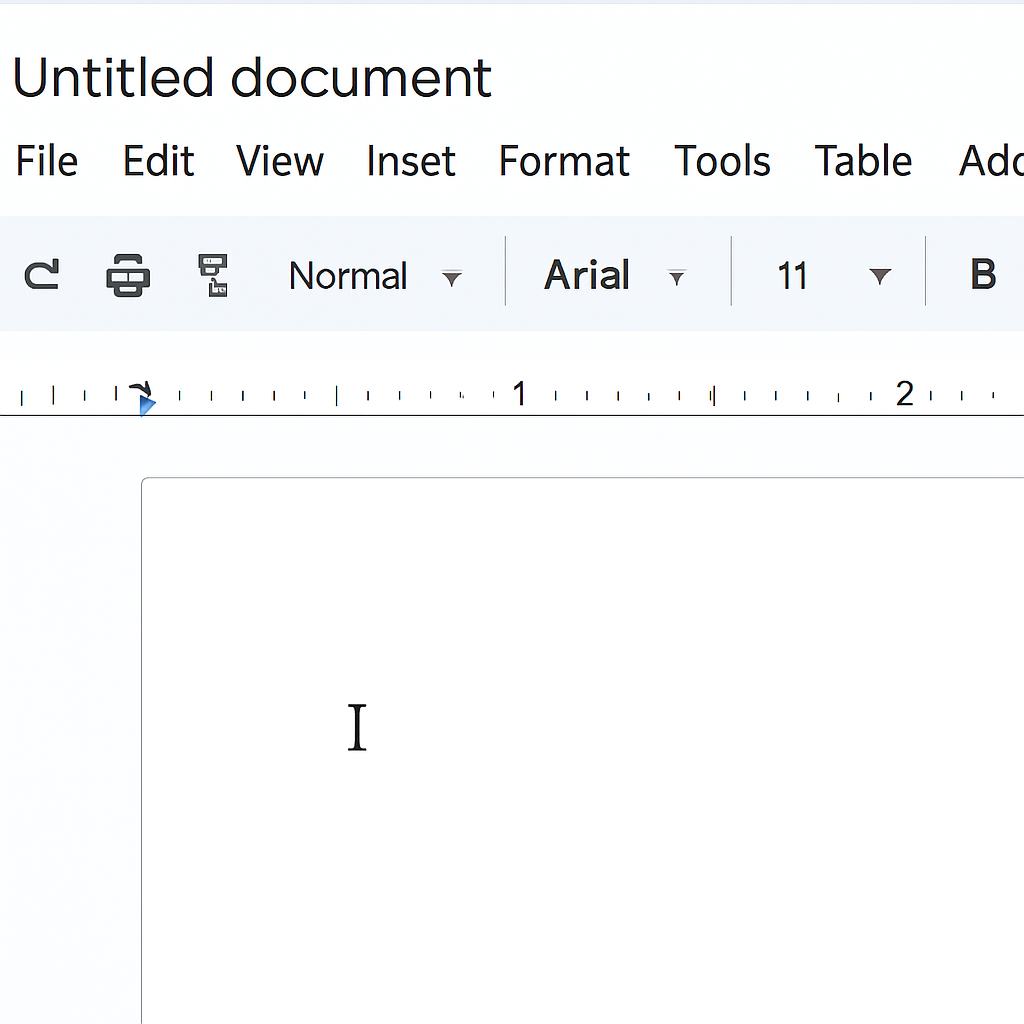In the rapidly evolving digital landscape, authors now have an unprecedented array of tools to transform their creative ideas into reality. Whether you’re penning the next great novel, articulating a compelling non-fiction narrative, or crafting a stunning eBook, selecting the right book publishing software is a pivotal step. The proper tools can significantly streamline your writing process, aid in crafting visually captivating layouts, and facilitate the seamless publication of your work. Dive into the world of book publishing software with us as we explore the top tools available for authors today.
 Writing Software for Authors
Writing Software for Authors
Before an author can think about publishing, the writing process takes center stage. Writing software provides authors with the necessary features to organize thoughts, draft compelling manuscripts, and refine their work to perfection.
Scrivener
Scrivener has cemented itself as a favorite among writers, primarily due to its robust features that cater specifically to long-form writing. Its unique ability to break down manuscripts into manageable sections allows for easy rearranging, which is a boon for authors with complex plots. The built-in corkboard and outliner simplify the management of intricate plot lines and extensive research, making it an essential tool for writers who thrive on structure and organization.
Scrivener also supports a variety of file formats, making it easy to export your work to different platforms. Its distraction-free writing mode offers a clean, uncluttered interface, allowing authors to focus solely on their writing. Additionally, Scrivener’s flexible formatting options mean you can tailor your manuscript’s layout exactly to your liking.
For writers who often find themselves juggling multiple projects, Scrivener’s project management features are invaluable. You can store research, notes, and even multimedia files all in one place, ensuring that everything you need is always at your fingertips. This level of organization can significantly enhance productivity and keep your writing process smooth and efficient.
Microsoft Word
Microsoft Word stands as a classic choice for authors worldwide. Its intuitive user interface and comprehensive editing tools make it an ideal platform for both writing and formatting manuscripts. The program’s track changes and comment features are particularly beneficial for authors in the editing phase, allowing for seamless collaboration with editors and proofreaders.
With cloud integration through OneDrive, Microsoft Word offers the flexibility to access your work from multiple devices, a feature that’s especially handy for authors on the go. The auto-save feature provides peace of mind, ensuring that your progress is never lost due to unexpected technical issues.
Moreover, Word’s wide range of formatting options allows authors to customize their manuscripts to meet various publishing standards. Whether you’re preparing a document for digital publication or print, Microsoft Word provides the tools necessary to ensure your work is professionally presented.
Google Docs
For authors who prioritize collaboration and accessibility, Google Docs is an excellent choice. Its real-time collaboration feature allows multiple users to work on a document simultaneously, making it easy to share your manuscript with editors, co-authors, or beta readers. Changes are saved automatically, so you never have to worry about losing your work.
Google Docs also offers seamless integration with other Google services, such as Google Drive, which provides ample storage space and easy access to your documents from any device with an internet connection. This makes it perfect for authors who travel frequently or work from various locations.
Another advantage of Google Docs is its suite of add-ons, which can enhance the functionality of your writing experience. From grammar checkers to citation generators, these tools can help refine your manuscript and ensure it meets professional standards.
 Book Design Software
Book Design Software
Once your manuscript is polished and complete, the next step is to focus on design. The right book design software can help you create professional-quality layouts and visually appealing covers that capture the essence of your work.
Adobe InDesign
Adobe InDesign is often regarded as the gold standard in book design software. It offers an extensive range of tools for crafting sophisticated layouts for both print and digital publications. Although it comes with a steep learning curve, the investment in time and effort is worthwhile for authors aiming to produce polished, high-quality books.
InDesign’s advanced typography tools allow for precise control over the appearance of text, essential for ensuring readability and aesthetic appeal. Its integration with other Adobe Creative Cloud applications, such as Photoshop and Illustrator, offers endless possibilities for enhancing your book’s visual elements.
For authors looking to produce interactive eBooks, InDesign provides features to add multimedia elements, such as audio and video, enhancing the reader’s experience. This level of interactivity can set your eBook apart in a crowded digital marketplace.
Canva
For authors seeking a more straightforward tool, Canva provides an intuitive drag-and-drop interface with a plethora of templates. It’s an excellent choice for designing book covers and promotional materials, even if you lack graphic design experience. With its user-friendly platform, authors can easily experiment with different design elements and styles.
Canva offers a wide selection of fonts, images, and graphics, allowing authors to create unique and eye-catching designs. Its collaboration features also enable authors to share their designs with others, facilitating feedback and input from editors or fellow authors.
Additionally, Canva’s library of design tutorials and resources can help authors improve their design skills, making it an invaluable tool for those who wish to learn more about graphic design principles.
Affinity Publisher
Affinity Publisher serves as a cost-effective alternative to InDesign, offering many of the same features at a fraction of the price. It’s suitable for both beginners and experienced designers seeking a powerful tool without the commitment of a subscription fee.
The software’s intuitive interface and comprehensive set of tools allow authors to create professional-quality layouts with ease. Its ability to handle complex documents makes it a robust option for authors working on lengthy or intricate projects.
Affinity Publisher also excels in its export options, supporting a variety of file formats, which is essential for authors preparing their work for both print and digital distribution. This flexibility ensures that your book can reach the widest possible audience in the format they prefer.
Publishing Platforms
Publishing platforms have revolutionized the way authors distribute their work, allowing them to reach a global audience with ease. These platforms handle everything from formatting to sales tracking, simplifying the publishing process for authors.
Amazon Kindle Direct Publishing (KDP)
Amazon KDP is one of the most popular platforms for self-publishing eBooks and paperbacks. It provides authors with tools to format their books and track sales. Its integration with Amazon’s vast customer base makes it easier than ever to reach readers worldwide, providing a significant advantage for self-published authors.
KDP’s user-friendly interface guides authors through the publishing process, from uploading manuscripts to setting pricing and distribution options. The platform also offers promotional tools, such as Kindle Countdown Deals and Kindle Unlimited, to help authors increase their book’s visibility and sales.
Moreover, KDP provides authors with detailed sales reports and analytics, allowing them to track their book’s performance and make informed marketing decisions. This data can be invaluable for authors looking to optimize their publishing strategy.
Smashwords
Smashwords offers a comprehensive solution for distributing eBooks to major retailers and libraries. Its “Meatgrinder” engine converts manuscripts into multiple eBook formats, making it an attractive option for authors seeking wide distribution without the hassle of formatting for each platform individually.
The platform’s distribution network includes major retailers like Barnes & Noble, Kobo, and Apple Books, as well as library services such as OverDrive. This extensive reach allows authors to connect with readers across various platforms and devices.
Smashwords also provides authors with marketing tools and resources to help promote their books, including customizable author profiles and pre-order capabilities. These features can enhance an author’s visibility in the competitive eBook market.
Lulu
Lulu is a versatile platform that supports both print and digital book publishing. Its print-on-demand services allow authors to publish physical books without incurring large upfront costs, making it an ideal choice for authors who want to offer print editions of their work.
Lulu’s global distribution options ensure that authors can reach readers around the world, expanding their book’s potential audience. The platform also offers a variety of customization options for print books, from paper quality to binding styles, enabling authors to create a product that matches their vision.
In addition to publishing, Lulu provides authors with marketing and promotional tools to help them reach new readers. These resources can be instrumental in building an author’s brand and increasing their book’s exposure in the marketplace.

eBook Software
Creating an engaging eBook requires specialized tools to ensure a seamless reading experience across devices. The right eBook software can help authors achieve professional-quality results with ease.
Calibre
Calibre is a free, open-source eBook management software that offers authors the ability to convert their manuscripts into various eBook formats. Its editing tools allow for adjustments to metadata and appearance, ensuring a consistent and polished eBook presentation.
The software’s library management features make it easy for authors to organize and categorize their eBook collection, simplifying the process of managing multiple projects. Calibre’s support for a wide range of file formats ensures that your eBooks are compatible with different eReaders and devices.
Calibre also includes a built-in eBook viewer, allowing authors to preview their work and make any necessary adjustments before publication. This feature ensures that your eBook will provide a seamless reading experience for your audience.
Vellum
Vellum is renowned for its ability to create beautifully formatted eBooks with minimal effort. Its user-friendly interface allows authors to visualize how their eBook will appear on different devices, ensuring a high-quality reading experience across platforms.
While Vellum is currently only available for Mac users, its powerful features make it a top choice for those seeking professional eBook formatting. The software’s built-in templates provide a starting point for authors, with options for customization to suit individual preferences.
Vellum’s export options allow authors to create files compatible with major eBook retailers, simplifying the publishing process and ensuring that your eBook is ready for distribution with minimal hassle.
Kindle Create
Kindle Create is Amazon’s free tool for formatting eBooks specifically for Kindle devices. It offers a straightforward interface and a selection of templates to help authors create professional-looking eBooks tailored for Amazon’s platform.
The software’s preview feature allows authors to see how their eBook will appear on various Kindle devices, ensuring a consistent and appealing presentation. Kindle Create’s integration with Amazon KDP streamlines the publishing process, making it easy for authors to upload their formatted eBook directly to the platform.
For authors new to eBook formatting, Kindle Create provides a user-friendly introduction to the process, with resources and tutorials to guide you every step of the way.
Free Book Publishing Software
For authors on a budget, there are several free tools available that offer substantial features without the need for financial investment.
Reedsy Book Editor
Reedsy Book Editor is a free online tool that combines writing and formatting features. Its simple interface makes it easy for authors to draft manuscripts and export them in print-ready formats, catering to both digital and print publishing needs.
The platform’s collaboration features allow authors to work seamlessly with editors and designers, facilitating a smooth and efficient publishing process. Reedsy’s community of publishing professionals also offers authors access to additional support and expertise.
Reedsy Book Editor’s export options include popular file formats like EPUB and PDF, ensuring compatibility with major publishing platforms. This versatility makes it an invaluable tool for authors seeking to publish their work across multiple channels.
Pressbooks
Pressbooks is an online book production software based on WordPress, offering a free tier for authors. Its easy-to-use interface allows for the creation of eBooks and print-ready PDFs without requiring technical expertise, making it accessible to authors at all levels of experience.
The platform’s extensive library of themes and customization options enables authors to create professional-quality books that reflect their unique style and vision. Pressbooks also supports multimedia elements, allowing authors to enhance their eBooks with audio and video content.
In addition to its design capabilities, Pressbooks offers distribution options through popular platforms like Amazon and Apple Books, ensuring your work reaches a wide audience. This makes it a comprehensive solution for authors looking to publish both digital and print editions of their books.
Blurb
Blurb provides free design tools for creating a variety of book types, including photo books, trade books, and magazines. While it focuses more on visual content, it’s an excellent option for authors looking to incorporate images or create visually-driven books.
The platform’s intuitive design interface allows authors to experiment with different layouts and styles, ensuring a polished final product. Blurb’s print-on-demand services mean you can publish physical copies of your book without incurring large upfront costs, making it a cost-effective choice for authors.
Blurb also offers distribution options through its own bookstore, as well as partnerships with major retailers, expanding the reach of your book to a global audience. This versatility makes it a valuable tool for authors looking to create and distribute visually compelling works.
Conclusion
In the ever-evolving world of digital publishing, having the right tools can make all the difference. Whether you’re writing your first novel or publishing your tenth book, the software options available today can help you create, design, and distribute your work with ease. By choosing tools that best fit your needs and complement your creative process, you can elevate your publishing journey and reach new heights in your writing career. Embrace the possibilities that these tools offer and take the next step in sharing your stories with the world.


